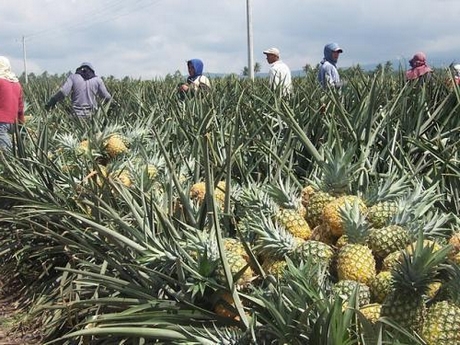 Dole Philippines Inc. is currently on an expansion mode by as much as three quarters more of its current land area in south-central Mindanao to meet the requirement of the fruit-consuming Asian market, a company executive said.
Dole Philippines Inc. is currently on an expansion mode by as much as three quarters more of its current land area in south-central Mindanao to meet the requirement of the fruit-consuming Asian market, a company executive said. Expanding by another 12,000 hectares would be equivalent to three-fourths of its current plantation size of 16,571 hectares scattered in the provinces of South Cotabato and Sarangani.
Melquiades L. Hernandez III, director of Dole Philippines corporate affairs division in its Polomolok office, said the search for lands has taken them as far as the central Mindanao province of North Cotabato and Bukidnon in central Mindanao. He said land acquisition may take the form of direct purchase, lease or growership. He said some landowners have offered their lands in exchange for buying out their indebtedness from banks and loan sharks.
The Philippines production was formerly focused heavily on the US market until the food and industrial giant Itochu Corp. of Japan bought the company’s Worldwide Packaged Foods and Asia Fresh businesses last year. This practically opened the rich Asian market for Dole products. Hernandez said its processing plants and canneries in Polomolok and Surallah towns in South Cotabato were still underutilized and could accommodate the huge volume expected to come from its expansion program.
Dole Philippines produces more than 25 million cases of processed pineapples, consisting of slices, chunks, tidbits, crushed and juice concentrate, as well as 13 million boxes of fresh pineapples annually. Ninety- five percent of this production goes to the Americas, Europe and Asia. Its cannery plants have 24 preparation lines with a capacity of 110 tons per hour, and produces an average of 85,000 standard cases of canned pineapples. Cannery operations are supported by a can-manufacturing plant that produces five million ends and 2 million cans per day, and a corrugated box plant for its carton boxes.
The company has begun testing plantation operations in Indonesia and Vietnam, and may explore other equatorial countries, including Sierra Leone in Africa, for possible expansion. Hernandez said the crop grows favorably along the equatorial belt.







